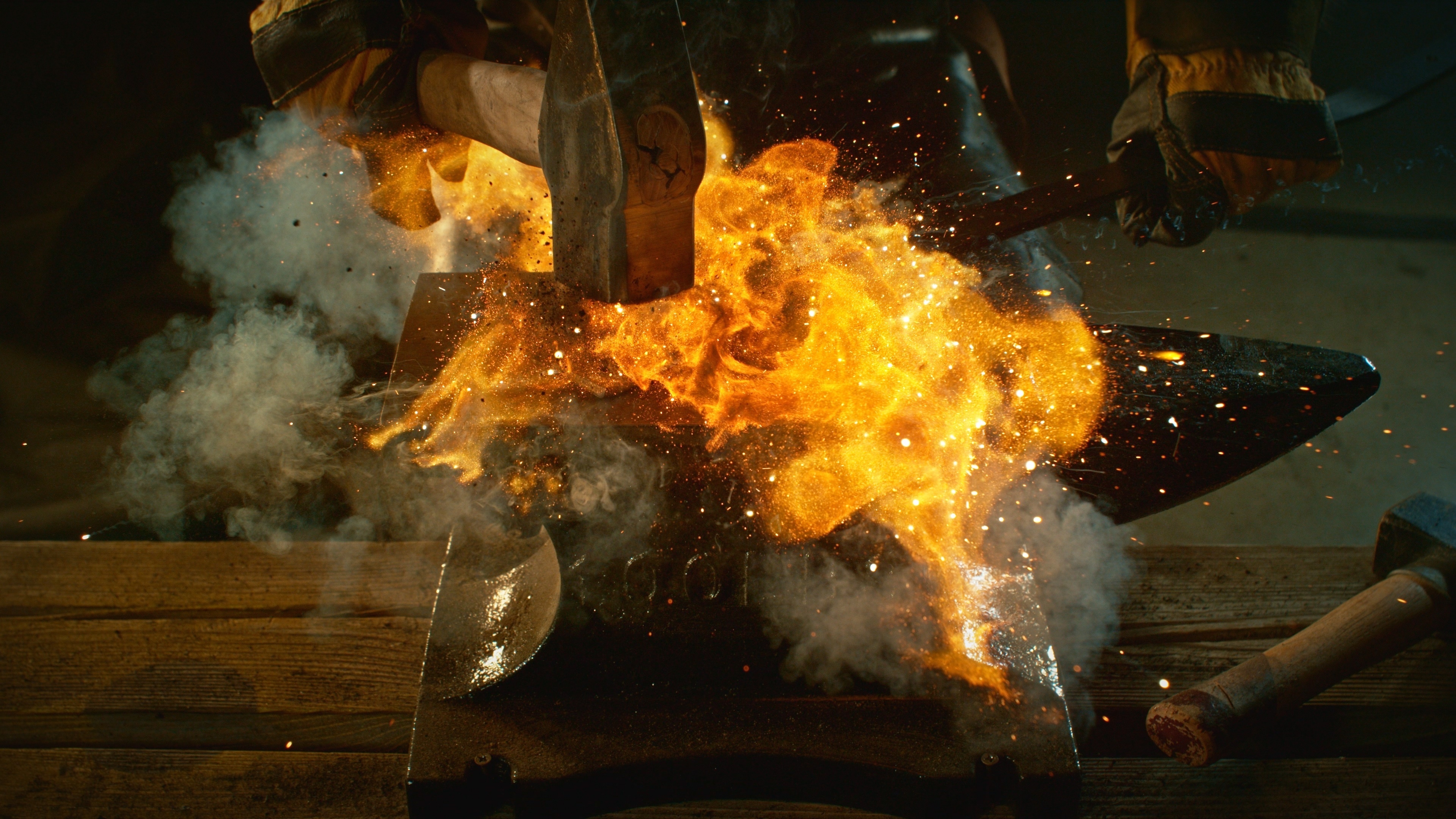
2025 Week 27
Last week, we looked at how the UPC deals with requests for extensions of time. This week we follow on from that by considering how and why the UPC will give appeals suspensive effect.
For anyone rooted in EPO practice, the natural assumption is that if you file an appeal, this suspends the effect of the first instance decision. So, if the EPO opposition division has revoked a patent, then filing an appeal suspends the effect of that decision until the appeal is decided. This comes from Article 106 EPC.
But how does filing an appeal at the UPC affect the first instance decision? Article 74 UPCA sets out the framework for the effects of an appeal. For first instance decisions of the UPC on the revocation of a European patent, filing an appeal will have suspensive effect (just like at the EPO). But for most other actions (e.g. an infringement action), the filing of an appeal will not automatically have suspensive effect. And for interim orders of the court in particular, although these may be appealable, the first instance proceedings will rumble on while the appeal is being decided. For provisional measures such as preliminary injunction (PI) orders, these can be appealed, but the main infringement proceedings can at least start and progress before the appeal on the PI is decided.
It is open to the parties to request that an appeal has suspensive effect – Article 74(1) UPCA says that the UPC Court of Appeal (CoA) can decide on suspensive effect at the motivated request of one of the parties. So we’re here to look at what the parties need to show to persuade the CoA that the appeal should have suspensive effect. R.223 RoP sets out the process for requesting suspensive effect, but as far as the parties are concerned, this simply requires that the reasons are substantiated. It’s also interesting to see that R.223.5 RoP specifically says that there shall be no suspensive effect for an appeal of some types of procedural orders of the court – we’ll come back to this.
Why would a party particularly want an appeal to have suspensive effect? In some cases, it may just be that they fundamentally disagree with the first instance decision and expect it to be overturned on appeal. In other cases, there may be arguments about whether the implementation of the first instance decision would lead to irreparable harm.
What are the circumstances for suspensive effect?
In Edwards v. Meril (18 January 2024), Edwards had started PI proceedings against Meril. The substance of this had settled but the parties could not agree on costs. The first instance court issued its decision on costs and Meril appealed and requested suspensive effect. The CoA agreed that the request for suspensive effect was admissible, but would not be granted. The CoA considered that there were no exceptional circumstances that would counter the default position that the appeal should not have suspensive effect. The CoA also commented that suspensive effect might be granted if the decision under appeal was “manifestly erroneous”, but there were no such errors here.
Nokia v. Mala (21 June 2024) was the UPC leg of a dispute between the parties which also included German national proceedings. The first instance court rejected Mala’s preliminary objection about whether the UPC had jurisdiction. Mala appealed and requested a stay of the first instance proceedings until the preliminary objection appeal had been decided. The CoA decided that the request for a stay was inadmissible due to lack of arguments set out in the original request, but they also decided that it would not have been allowed on the merits anyway because there were no exceptional circumstances and the decision under appeal was not manifestly erroneous.
At issue in ICPillar v. Arm (19 June 2024) was an order of the first instance court to award security for costs against ICPillar. They appealed this, and requested suspensive effect. Interestingly, the CoA decided that the request was admissible, despite acknowledging that the order under appeal was exactly one of the type specified in R.223.5 RoP for which suspensive effect should not be given. However, on the facts of the case, the CoA decided that there should be no suspensive effect, stating:
Given the clear principle underlying Art. 74(1) UPCA and R.223.5 RoP, that proceedings before the Court of First Instance must as much as possible continue unhindered by any (procedural) appeals, the Court of Appeal shall only give suspensive effect to appealed orders under exceptional circumstances.
The CoA went on to list some suitably exceptional circumstances:
- where the appeal is devoid of purpose or would render the appeal largely ineffective if the impugned order were not given suspensive effect, because the consequences of enforcement of the impugned cannot be effectively reversed if the order is later set aside
- where the impugned order is manifestly wrong
Unfixable without suspension
One of the earliest decisions of the UPC CoA was in Ocado v. Autostore (6 November 2023) where a third party had requested access to the court file (see UPC Weekly here for a review of the substantive decision). In their appeal against the first instance court allowing access to the file, Ocado requested suspensive effect. The CoA agreed – without suspensive effect, the third party would have access to the file and this could not be un-done.
At first instance in Progress Maschinen v. AWM, (8 April 2024) the Local Division had ordered that evidence gathered in a saisie must be returned to the defendant, because the claimant had not started infringement proceedings on the merits in time. However, the Local Division decided to suspend this order in case the claimant filed an appeal. Subsequently, an appeal was filed and the CoA decided (2 May 2024) that the appeal should have suspensive effect. The CoA said that this case was an exception to the general rule because:
Enforcement of the order pending the appeal would render the appeal largely ineffective, since the ordered restitution of the evidence would be challenging to reverse if the appeal turns out to be successful for the Appellant.
Similar logic from a Local Division was seen in Powell Gilbert v Abbott and Sibio (29 July 2024) in the sense that the Local Division stayed the implementation of its order granting public access to the court file, to give the parties time to file an appeal. Meanwhile, in LAMA v. Hewlett-Packard (19 December 2024), the Local Division confirmed that only the CoA has the power to suspend the execution of a first instance decision on the merits (as opposed to a procedural order).
Clearly wrong
This is a high bar, but the CoA has been willing suspend at least parts of first instance decisions where they see major problems with them.
In Abbott v. Sibio (19 August 2024), a PI application had been granted at first instance, including for the territory of Ireland which at the time (and still) is not covered by the UPC. The CoA agreed that the PI for Ireland should be suspended pending the outcome of the substance of the appeal, because this part of the first instance decision was clearly wrong. However, for the remaining UPC states covered by the PI, the appeal would not suspend the PI.
In Philips v Belkin (29 October 2024), the Local Division found that the patent was infringed and ordered an injunction. The injunction included the corporate defendants and also their directors personally. Belkin appealed and requested suspensive effect. The CoA agreed that at least the injunction against the directors should be suspended. On a summary assessment of the case, the CoA considered that this part of the injunction was manifestly erroneous.
In a series of decisions in Magna v. Valeo (14 November 2024, 21 November 2024, 11 December 2024), the CoA agreed that the appeal should have suspensive effect while the exact terms of a preliminary injunction were ironed out.
But the default holds most of the time
Having said all of that, the CoA have been pretty firmly holding the line against appeals having suspensive effect where there are no exceptional circumstances.
OrthoApnea v. Nelissen (26 July 2024) was a request for suspensive effect of an appeal filed in order to have more time to file a reply in infringement proceedings. The CoA refused, explaining that it was normal for the parties to have to deal with different branches of arguments from the other side, without knowing which will ultimately be considered admissible.
In Curio v. 10x (17 December 2024), Curio filed an application for suspensive effect of an appeal for payment of security for costs. This was refused by the CoA, who said that the first instance order was not manifestly wrong. On payment of costs from a failed PI application, we saw the CoA refuse suspensive effect of the appeal in Barco v. Yealink (17 April 2025). A similar outcome was also seen in Jingao Solar v. Chint New Energy (20 May 2025)
Bhagat v Oerlikon (16 January 2025) was an application for suspensive effect of a first instance infringement decision, on the basis that there were parallel validity proceedings brought by another party that would reach a decision soon. The CoA said that this was not a suitably exceptional situation.
Now that we have plenty of first instance decisions on the merits, we are seeing whether requests for suspensive effect in the appeal will fly based on arguments about the substance of the case. At first instance in Fujifilm v. Kodak (17 April 2025) the patent was deemed valid and infringed. Kodak appealed and requested suspensive effect, arguing that the first instance decision contained manifest errors. The CoA swatted this away – there were no factual findings or legal considerations in the decision that were untenable based on a summary assessment. A similar outcome was seen in Meril v. Edwards (18 April 2025). Here, Meril’s main argument for suspension of the appeal was that the required publication of the first instance decision was an example of something that could not be un-done. Edwards defused this issue by undertaking not to publish the decision pending the appeal and so, in the absence of manifest errors, the CoA refused the request for suspensive effect.
In Knaus Tabbert v. Yellow Sphere (21 May 2025), the first instance decision was that the patent was valid and infringed. The remedies ordered included an injunction, damages and product recall. The defendants filed an appeal and requested suspensive effect at least of the product recall element, on the basis that this should have been balanced by the claimant being required to provide security for enforcement. The CoA found that the first instance decision was not manifestly wrong, so no suspensive effect was granted. If the defendants’ appeal ultimately succeeded, the CoA explained that they could seek damages from the claimant.
Finally, returning to the question of whether the CoA will order suspensive effect to prevent irreparable harm due to the release of information, this issue came up in Hurom v. NUC Electronics (06 June 2025) in the context of remedies following a decision on the merits in an infringement action. The defendant was ordered to provide some commercial information regarding the infringing products. They filed an appeal and requested suspensive effect, arguing that the disclosure of this information to the claimant could not be undone. The CoA did not agree – the information would anyway only be permitted to be used in the context of the dispute and there were no exceptional circumstances that would warrant suspensive effect.
Matthew is a UPC Representative and European Patent Attorney. He is a Partner and Litigator at Mewburn Ellis. He handles patent and design work in the fields of materials and engineering. His work encompasses drafting, prosecution, opposition, dispute resolution and litigation – all stages of the patent life cycle. Matthew has a degree and PhD in materials science from the University of Oxford. His focus is on helping clients to navigate the opportunities and challenges of the Unified Patent Court.
Email: matthew.naylor@mewburn.com
Sign up to our newsletter: Forward - news, insights and features
Our people
Our IP specialists work at all stage of the IP life cycle and provide strategic advice about patent, trade mark and registered designs, as well as any IP-related disputes and legal and commercial requirements.
Our peopleContact Us
We have an easily-accessible office in central London, as well as a number of regional offices throughout the UK and an office in Munich, Germany. We’d love to hear from you, so please get in touch.
Get in touch


